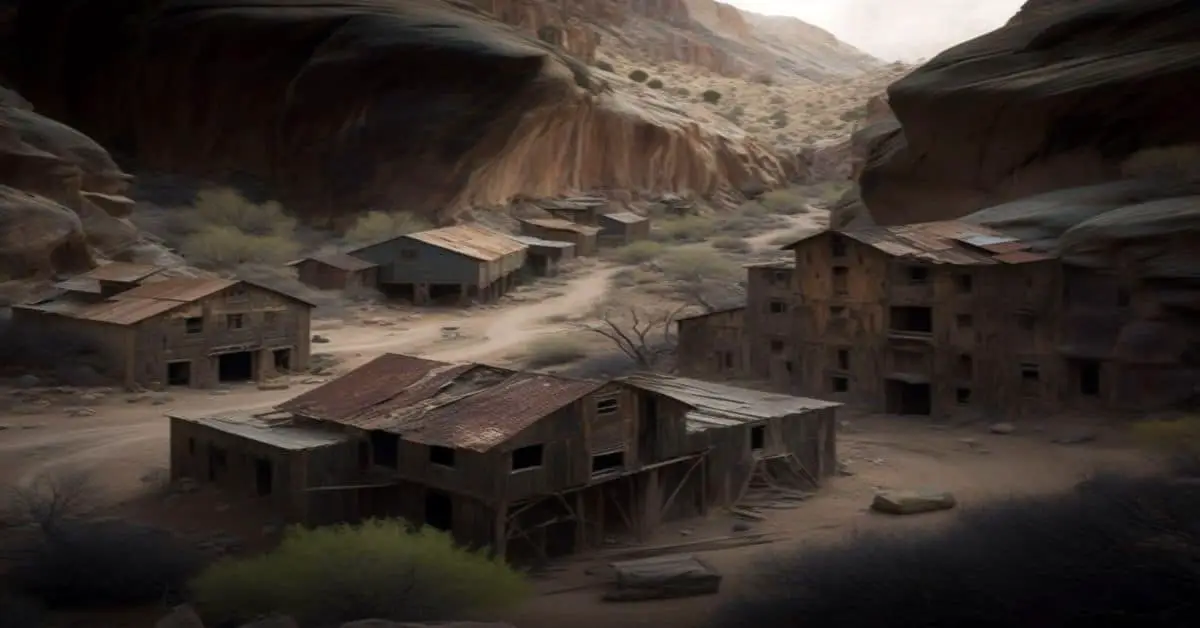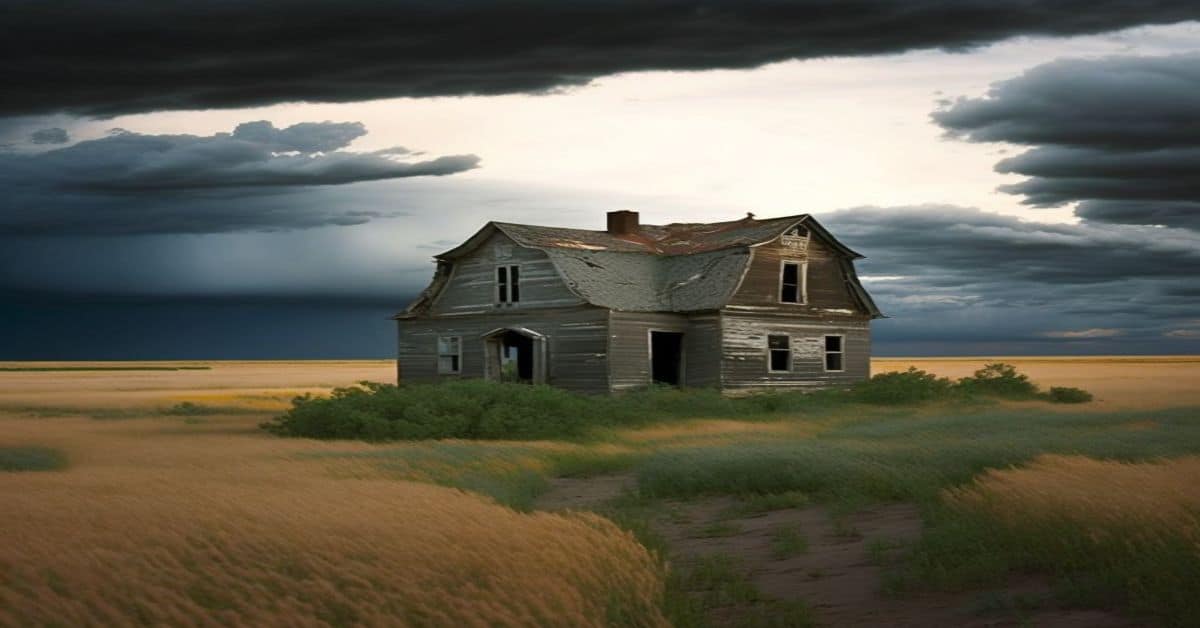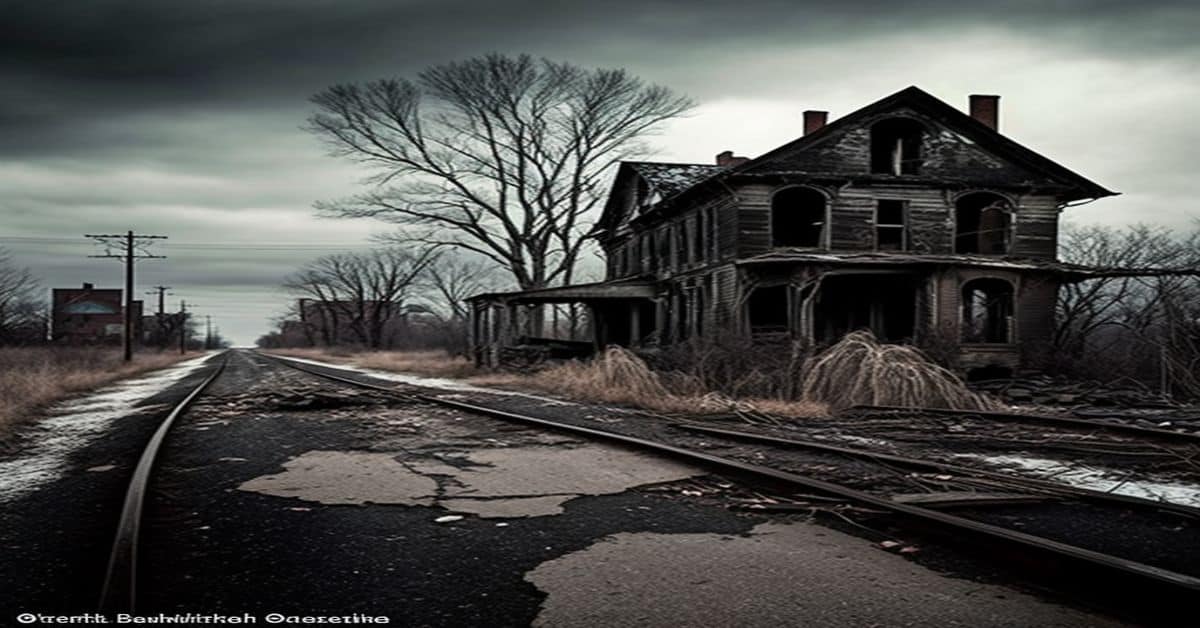La Reunion was a cooperative community established in 1855 by a group of artists, musicians, and other creative individuals in Dallas, Texas. It was founded by followers of Francois Marie Charles Fourier, who believed in creating a utopian society. La Reunion was intended to be a place where its residents could live and work together in a communal environment, free from the constraints of the traditional society.
Despite the noble intentions of the founders, the colony’s location was less than desirable for agricultural development, and the attempted vineyard failed to provide a sustainable income. By the beginning of the Civil War, most of the colonists had moved elsewhere; today, there are no remains of the original colony.
Despite its short-lived existence, La Reunion had a significant impact on the art community in Texas and beyond, and its legacy continues to be celebrated and preserved to this day.
Key Takeaways
- La Reunion was a cooperative community established in 1855 in Dallas, TX by artists and musicians who envisioned a utopian society.
- The majority of settlers were artists and musicians, and they brought new ideas to the state’s art scene and established the first art museum in TX, which later became the Dallas Museum of Art.
- The location was less than desirable for agriculture, and the attempted vineyard failed, resulting in the colonists facing challenges in establishing sustainable agriculture as they lacked necessary skills.
- Although most colonists had moved elsewhere by the Civil War, the significance of the site’s history and cultural impact continues to drive interest in its preservation, as the remains serve as a valuable reminder of TX’s creative spirit and cooperative history.
History and Purpose
The founding of La Reunion in 1855 was driven by a vision to establish a cooperative community in Texas. The community predominantly attracted settlers with artistic and creative backgrounds, seeking to live and work together in a supportive and collaborative environment.
However, the site chosen for the colony was less than desirable for agricultural development, and the majority of attempts to generate income through farming were unsuccessful. Despite their struggles, the colonists attempted to establish a vineyard, hoping it would become their primary source of income. Unfortunately, this venture also failed, and by the start of the Civil War, most colonists had moved elsewhere in search of better opportunities.
La Reunion’s impact on the Texas art scene was significant, even though the colony was short-lived. Most of its settlers were artists, musicians, and other creative people who brought new ideas and techniques to the state’s artistic community. They also established the first art museum in Texas, later the Dallas Museum of Art.
Although La Reunion’s existence was brief and its physical remains are now gone, it remains an important part of Texas’s cultural history and artistic legacy.
Agricultural Struggles
Despite the initial purpose of creating a cooperative community, the settlers of La Reunion faced significant challenges in their attempts to establish a sustainable agricultural production. The site chosen for the colony was less than desirable for agriculture, and most of the settlers were artists and musicians who lacked the necessary skills and experience in farming.
As a result, the agricultural production was largely unsuccessful, and the colonists struggled to make ends meet. One of the major agricultural failures of La Reunion was their attempt to have a vineyard as their main source of income. The colonists believed that Texas’s warm and humid climate would be ideal for growing grapes, but they soon realized that the soil was unsuitable for vineyards.
They tried different techniques to improve the soil quality, but all their efforts were in vain. The vineyard woes and other agricultural struggles led to the eventual demise of La Reunion, as most of the colonists had to move elsewhere in search of better opportunities.
Remains and Location
Located in Dallas County, the remnants of a 19th-century cooperative community can still be found buried in the heavily overgrown forest areas on both sides of Ft Worth Avenue. These remains are the tangible evidence of the artistic community that once thrived in La Reunion. Though the structures are few and far between, their discovery provides a unique exploration and historical research opportunity.
The preservation efforts of La Reunion’s remains are ongoing, with local organizations and historical societies working to uncover and protect the remaining structures. Despite the challenges of overgrowth and neglect, the significance of the site’s history and cultural impact continue to drive interest in its preservation.
As a lost chapter of Texas’ artistic and cooperative history, the remains of La Reunion are a valuable reminder of the creative spirit that has long characterized the state.
Frequently Asked Questions
What were the specific beliefs and principles of Francois Marie Charles Fourier that attracted followers to La Reunion?
Fourier’s philosophy of creating a cooperative community with shared ownership and decision-making attracted followers to La Reunion. The colony’s majority of artists and musicians pursued creative pursuits, but the impact of the Civil War and mining industry led to its decline. Preservation efforts have been made to uncover the remains of the colony.
What kind of artistic and creative endeavors were pursued by most settlers in La Reunion?
Most settlers in La Reunion pursued artistic and creative endeavors, with textile production being a prominent industry. However, their attempts at agriculture practices, such as establishing a vineyard, were unsuccessful.
How did the Civil War impact the colony’s population and success?
The Civil War led to a population decline and economic struggles for La Reunion. Many colonists left, and the failed attempts at agriculture and vineyards left the colony without a stable source of income.
What kind of concrete materials were mined in the area that contributed to the disappearance of La Reunion?
Mined materials in the area contributed to environmental impact and economic consequences, but labor exploitation and lack of technological advancements hindered success. Specific types of materials are not mentioned in available sources.
Are there any efforts being made to preserve or excavate the remaining structures of the commune?
Efforts for preserving and excavating remaining structures of the La Reunion Commune are not discussed in available sources. This raises concerns about the neglect of cultural heritage and the historical significance of the colony.



